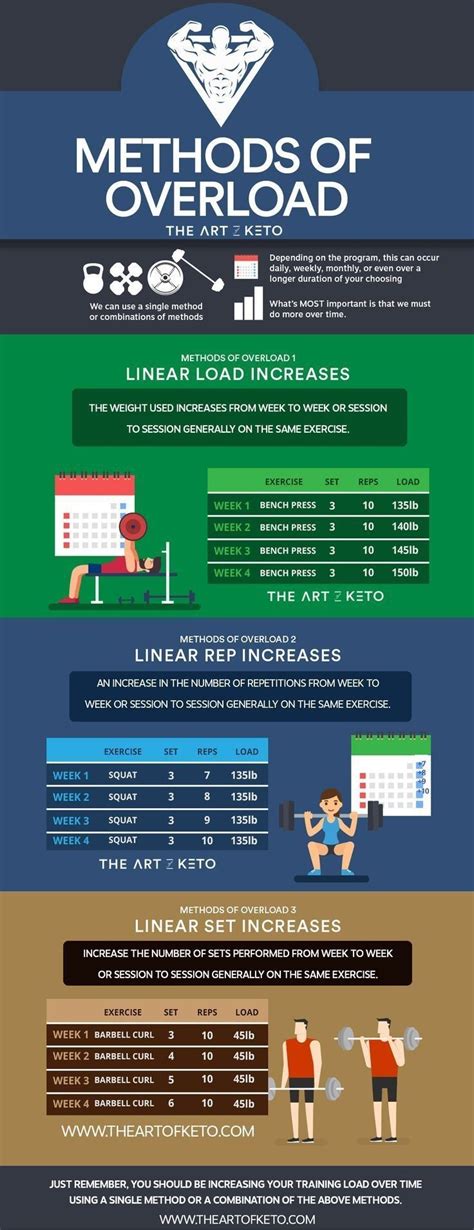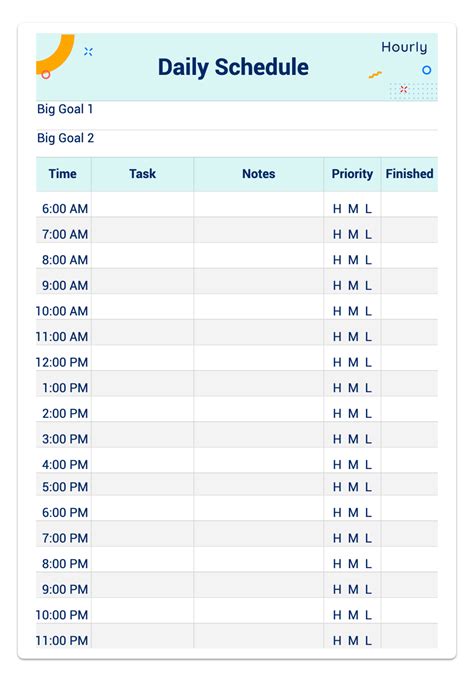Maximize gym time: what’s the optimal training frequency for rapid muscle gains and peak performance?

The Sweet Spot: Unlocking Growth and Performance Through Smart Frequency
In the quest for a more muscular physique and enhanced athletic capabilities, many gym-goers obsess over the perfect exercise, rep scheme, or supplement. While these elements are crucial, one often-underestimated variable holds immense power: training frequency. How often you hit the gym and target specific muscle groups can be the difference between stagnant progress and rapid gains, between burnout and peak performance.
This article delves into the science behind optimal training frequency, offering practical guidelines to help you structure your workouts for maximum effectiveness, ensuring you’re stimulating growth without compromising recovery.

The Science of Stimulation and Recovery
Muscle growth, or hypertrophy, is a complex process driven by muscle protein synthesis (MPS). When you train, you create microscopic damage to muscle fibers, which then signal the body to repair and rebuild them stronger and larger. This MPS response is elevated for a certain period post-workout – typically 24-48 hours, though it can vary based on training intensity and individual recovery.
The goal of optimal training frequency is to re-stimulate MPS before it completely returns to baseline, thereby maintaining an elevated state of muscle building. However, too much stimulation without adequate recovery can lead to overtraining, diminishing returns, and increased injury risk.
Factors Influencing Your Ideal Frequency
There’s no one-size-fits-all answer to the optimal training frequency, as it depends on several individual factors:
- Training Volume and Intensity: Higher volume or very intense workouts often require more recovery time for a specific muscle group. If you’re doing 20 sets for chest in one session, you likely won’t hit it again for a few days.
- Training Experience: Beginners can make rapid progress with less volume and frequency because their bodies are highly sensitive to new stimuli. Advanced lifters often need higher frequency and volume to continue stimulating growth.
- Recovery Capacity: Sleep quality, nutrition (especially protein intake), stress levels, and overall lifestyle significantly impact your ability to recover. Someone sleeping 8 hours, eating well, and managing stress will recover faster than someone with poor habits.
- Muscle Group Size: Larger muscle groups (legs, back) typically demand more recovery than smaller ones (biceps, triceps).

General Guidelines for Optimal Training Frequency
Research largely suggests that hitting a muscle group 2-3 times per week is generally optimal for most individuals seeking hypertrophy. Here’s a breakdown by experience level and common training splits:
Beginners (0-1 year experience): 2-3 Times Per Week
Full-body workouts 2-3 times per week are highly effective. This allows for frequent muscle stimulation without excessive volume per session, giving ample recovery time. An example might be Monday, Wednesday, Friday with full-body compound movements.
Intermediate (1-3 years experience): 3-4 Times Per Week
As you progress, you can handle more volume and benefit from increased frequency. Splits like Upper/Lower (4 days per week) or Push/Pull/Legs (PPL, 3-6 days per week) work well. With PPL, you hit each muscle group twice over a 6-day cycle (e.g., PPL rest PPL). An Upper/Lower split often involves training each muscle group twice per week.

Advanced (3+ years experience): 4-6 Times Per Week
Highly experienced lifters, especially those focusing on specific weaknesses or competing, may benefit from higher frequencies, sometimes hitting muscle groups 3+ times a week. This often involves lower per-session volume but higher weekly volume. Body part splits (e.g., chest/triceps, back/biceps, shoulders, legs) can be structured to hit muscle groups more frequently if total volume is managed. For example, some advanced lifters do full body 3-4x week, or PPL 2x week (6 days).
The key for higher frequency is to manage the total weekly volume and intensity. If you’re training a muscle group three times a week, each session’s intensity and volume for that muscle should be lower than if you were only hitting it once a week.
The Critical Role of Recovery
Optimal training frequency means nothing without adequate recovery. Overtraining negates any potential benefits of increased frequency. Prioritize:
- Sleep: Aim for 7-9 hours of quality sleep per night. This is when your body repairs and rebuilds.
- Nutrition: Ensure sufficient protein intake (1.6-2.2g per kg body weight) to support muscle repair, and adequate calories for energy and recovery.
- Hydration: Stay well-hydrated throughout the day.
- Stress Management: Chronic stress elevates cortisol, which can hinder recovery and muscle growth.
- Deload Weeks: Periodically reduce training volume and/or intensity (every 4-8 weeks) to allow for complete recovery and supercompensation.

Listen to Your Body and Adapt
Ultimately, the “optimal” training frequency is individual and dynamic. Pay attention to signs of overtraining like persistent fatigue, decreased performance, prolonged muscle soreness, disturbed sleep, or irritability. Don’t be afraid to adjust your schedule. Some weeks you might feel great and can handle more; other weeks, life stress might demand a slight reduction in frequency or intensity.
Experimentation, combined with a scientific understanding of training principles, is key. Track your progress, listen to your body, and adjust your frequency as your goals, experience, and recovery capacity evolve.

Conclusion
Training frequency is a powerful lever for accelerating muscle gains and boosting performance. While hitting muscle groups 2-3 times per week appears to be a sweet spot for most, the precise optimal frequency is highly individual, influenced by your experience, recovery, and overall lifestyle. By intelligently structuring your workouts, prioritizing recovery, and consistently listening to your body, you can unlock your full potential and maximize every minute spent in the gym.








